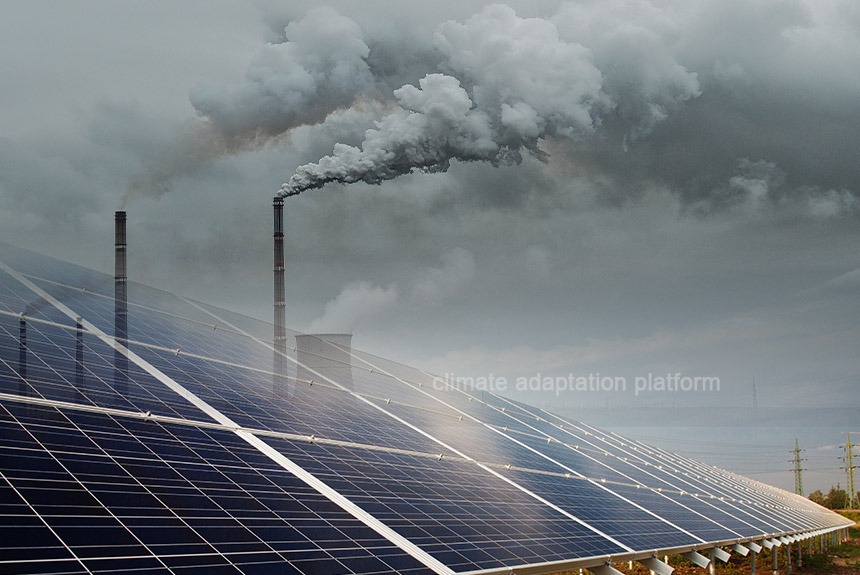An analysis from Carbon Brief published in November 2023 reckons that China’s carbon emissions could peak this year and will trend downward in 2024 due to record growth in installing new low-carbon energy sources.
The country remains the top carbon dioxide emitter, accounting for 30.9% of total global emissions. It is followed by the United States at 13.5%, India at 7.3%, Russia at 4.7%, and Japan at 2.9%.
However, despite the government’s massive investments in renewable energy projects, the country continues to permit the construction of new coal power plants, which could threaten its commitments under the updated nationally determined contributions (NDC) in 2021.
Key messages of the analysis
The country has already achieved its solar and wind energy targets by September 2023 with 210GW of solar energy capacity added – twice the US installed solar capacity and four times what China added in 2020.
It has installed an additional 70GW of wind energy in 2023, 7GW of hydropower and 3GW of nuclear power by the end of the year.
The country’s market share for electric vehicles (EV) has exceeded the government’s 2025 targets by 20%.
What is causing the surge of renewable energy investments and expansion in China?
According to the analysis, the announcement of the 2060 carbon neutrality target provided the political signal, but wider macroeconomic conditions have delivered low-carbon capacity growth far above policymakers’ targets and expectations.
The clampdown on the real-estate sector, starting in 2020, has left a hole in local government finances that rely on land sales for much of their revenue and led them to search for other investment opportunities.
Local governments provided direct or indirect subsidies to attract investments in renewable energy factories and associated infrastructure.
Will this growth continue?
China’s renewable expansion has reached the scale needed to reduce emissions. Strong political commitment and direction, combined with tightening real estate markets, have redirected capital and investments into the renewable energy sector.
However, considerable investments in renewable energy could result in overcapacity in producing solar panels, batteries, and EVs, among other things. This could depress the prices of low-carbon energy equipment, impacting demand for coal and coal-fired plants.
The shift can threaten the interest of the coal industry and local governments with high exposure to the coal sector, resulting in resistance to the transition and potential roadblocks. Stakeholders could be expected to resist the transition, raising concerns about potential roadblocks.
“These conditions could offer the motivation for policymakers to push a faster domestic transition away from fossil fuels. They also mean that China has an increasingly significant financial stake in the success of the low-carbon transition worldwide.”
Source:
Myllyvirta, L. (2023, November 13). Analysis: China’s emissions set to fall in 2024 after record growth in clean energy. Retrieved from https://www.carbonbrief.org/analysis-chinas-emissions-set-to-fall-in-2024-after-record-growth-in-clean-energy



Leave a Reply